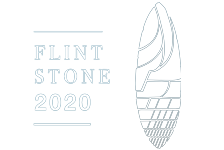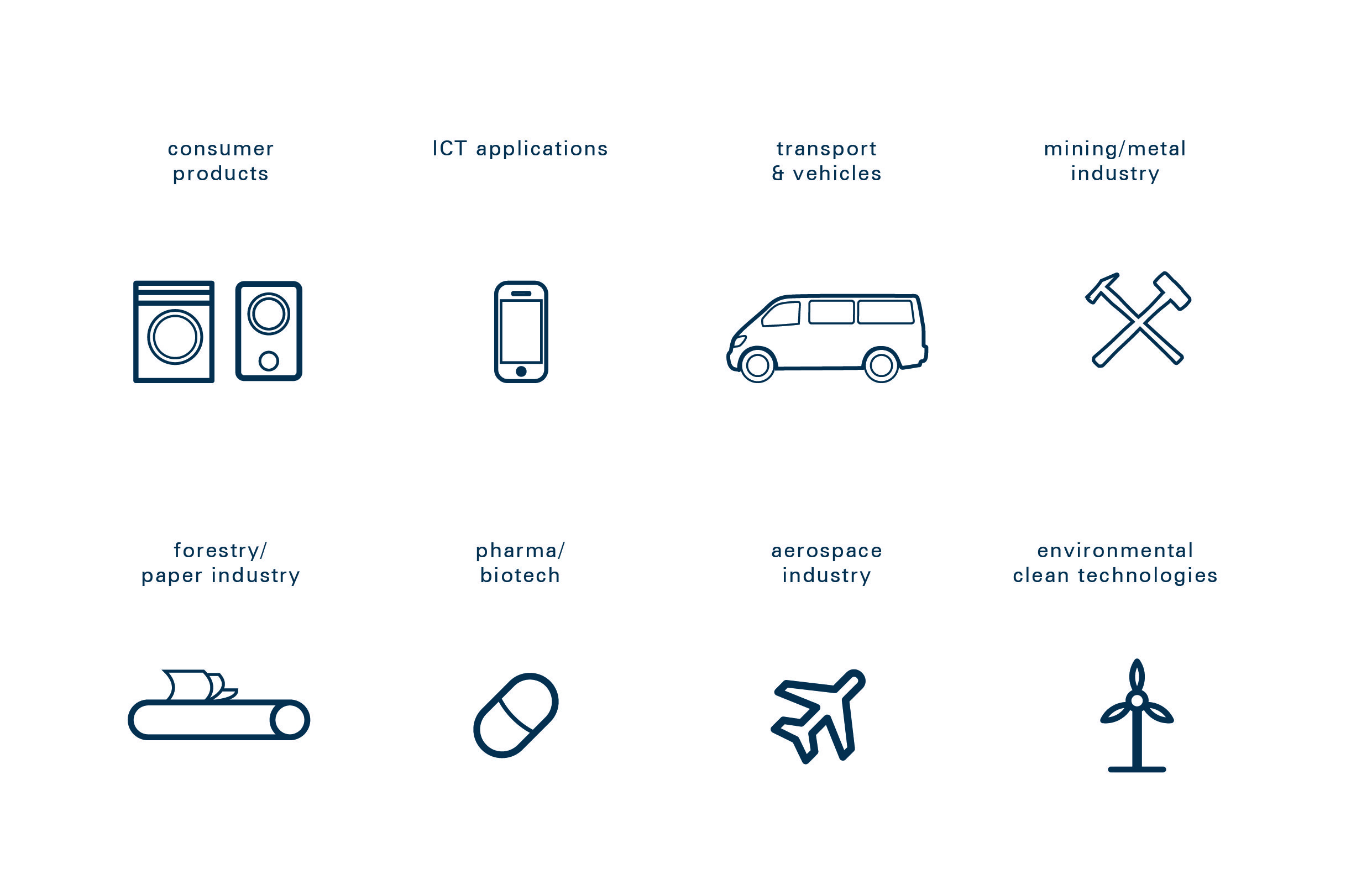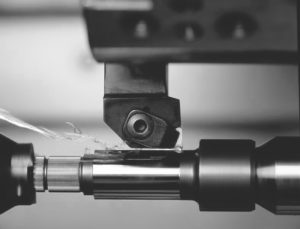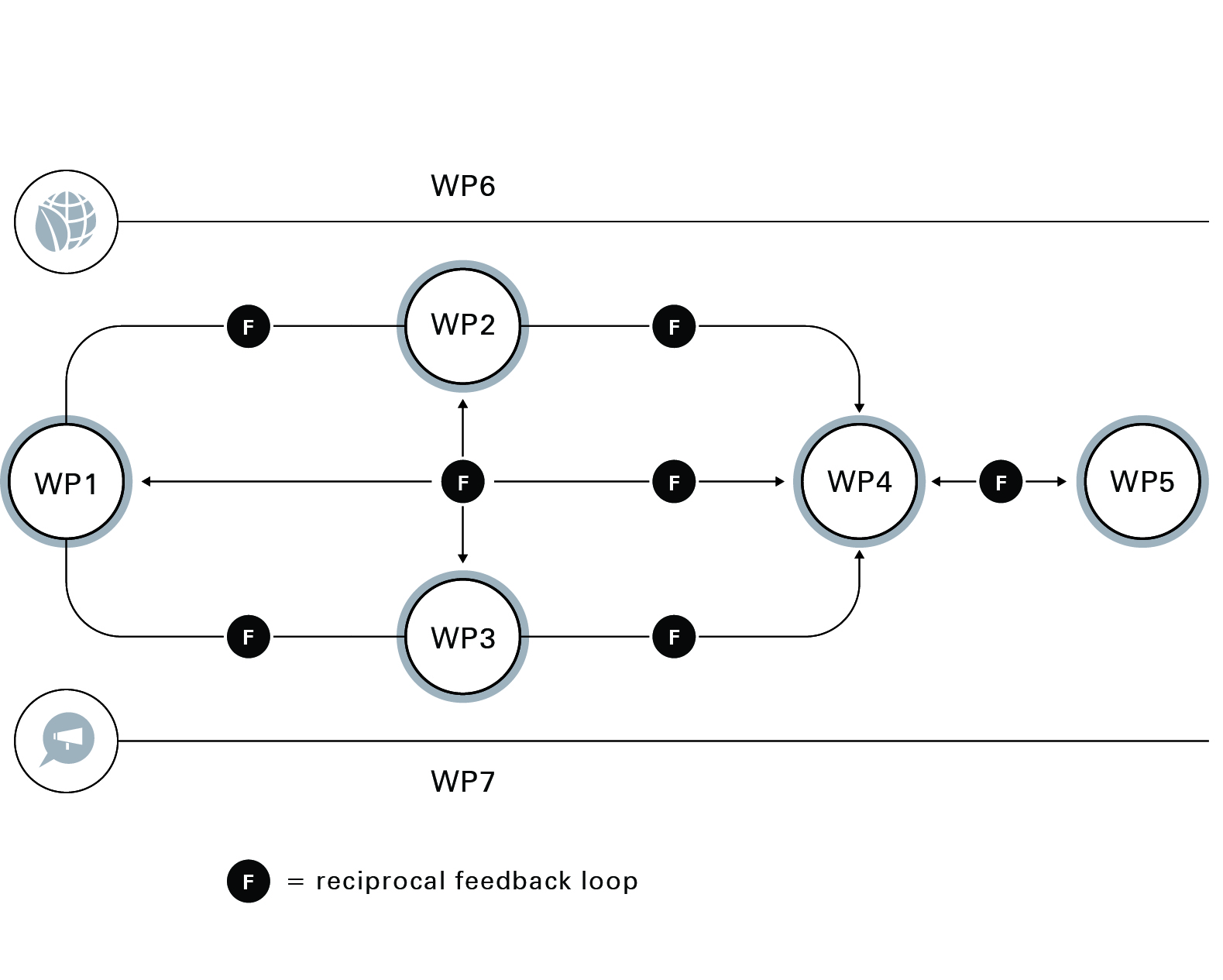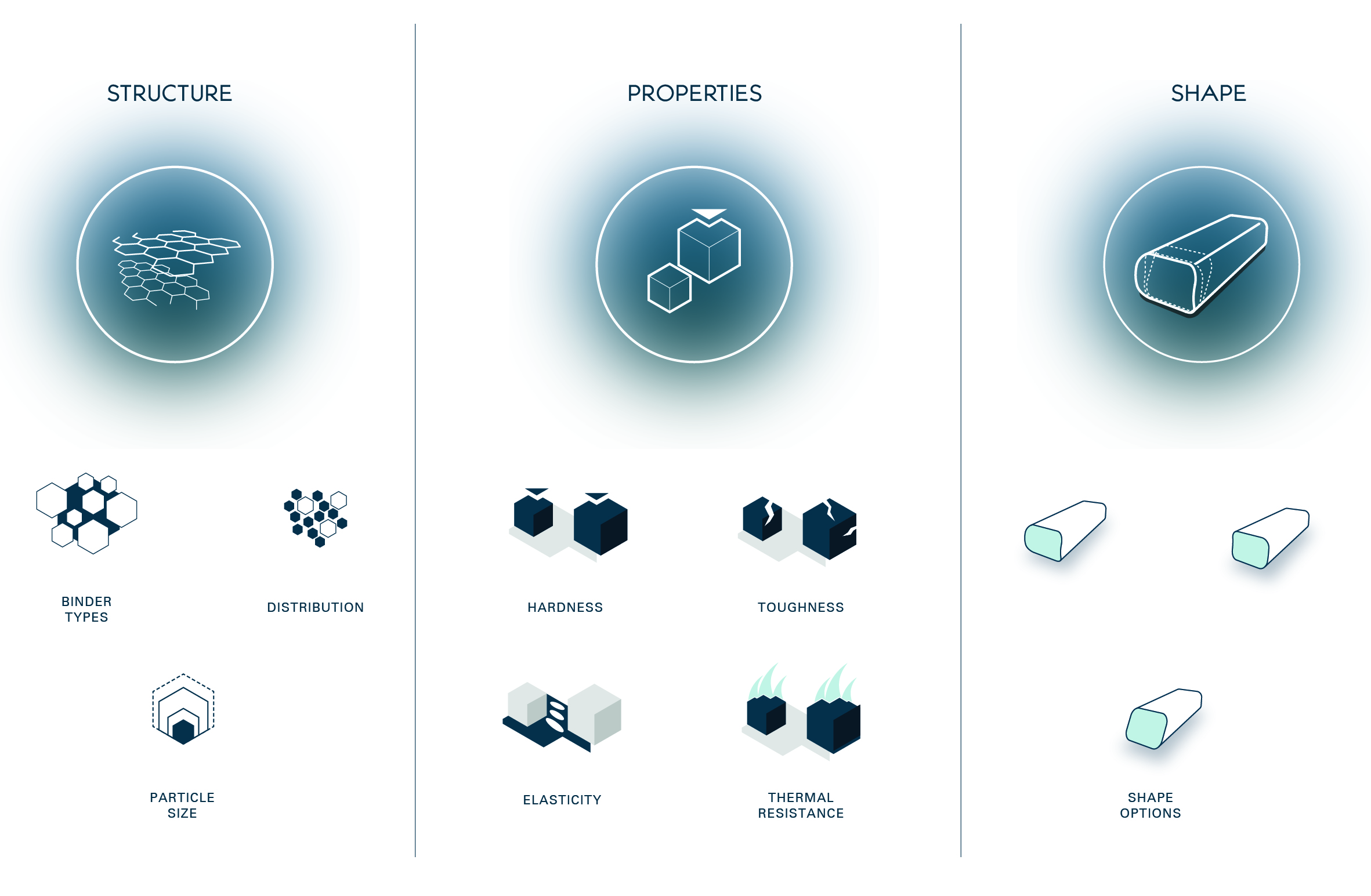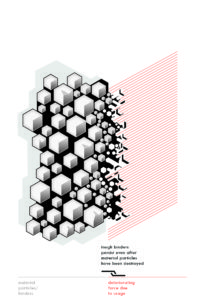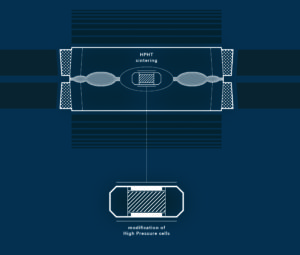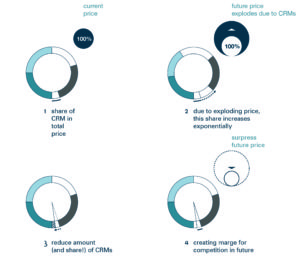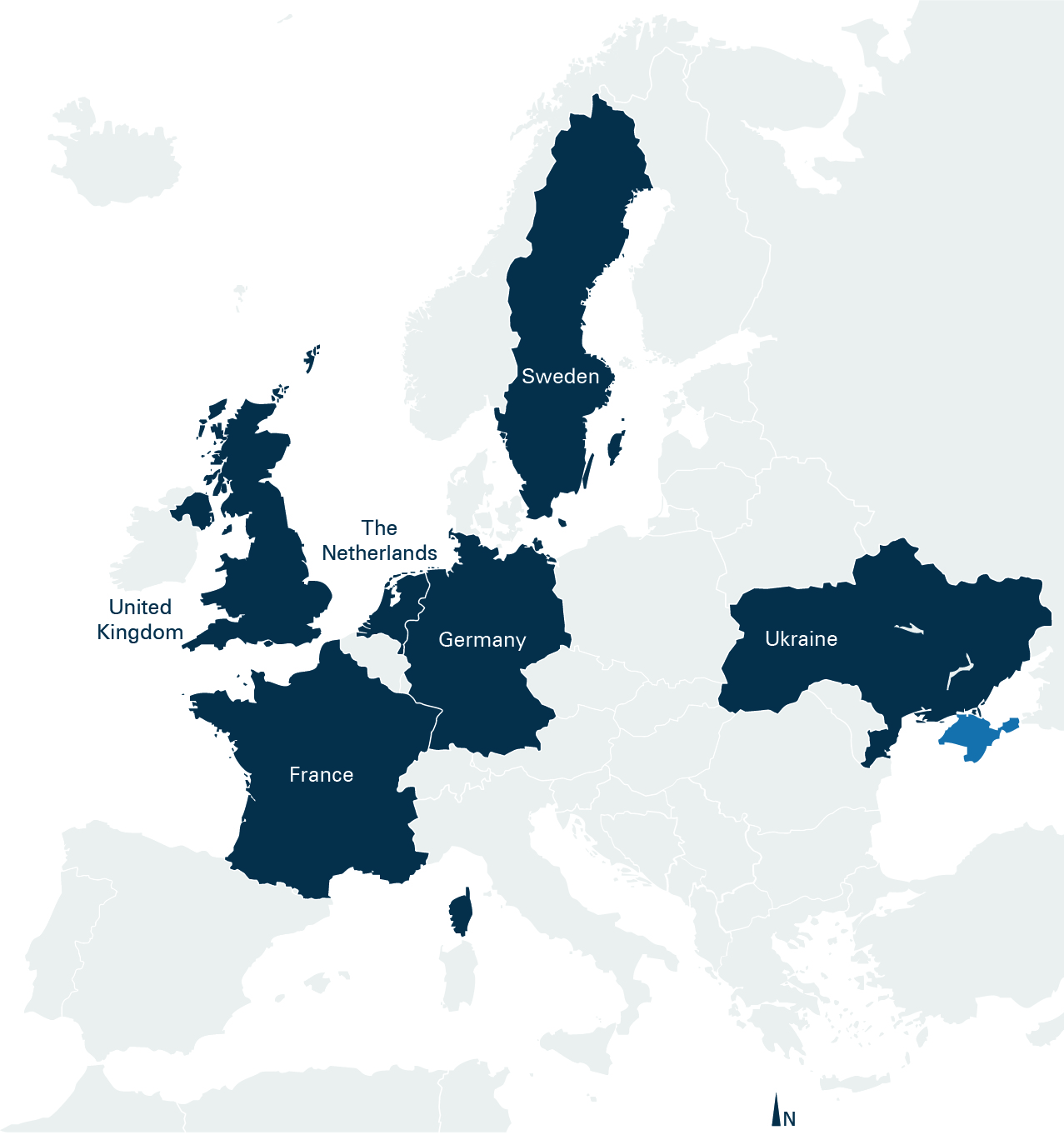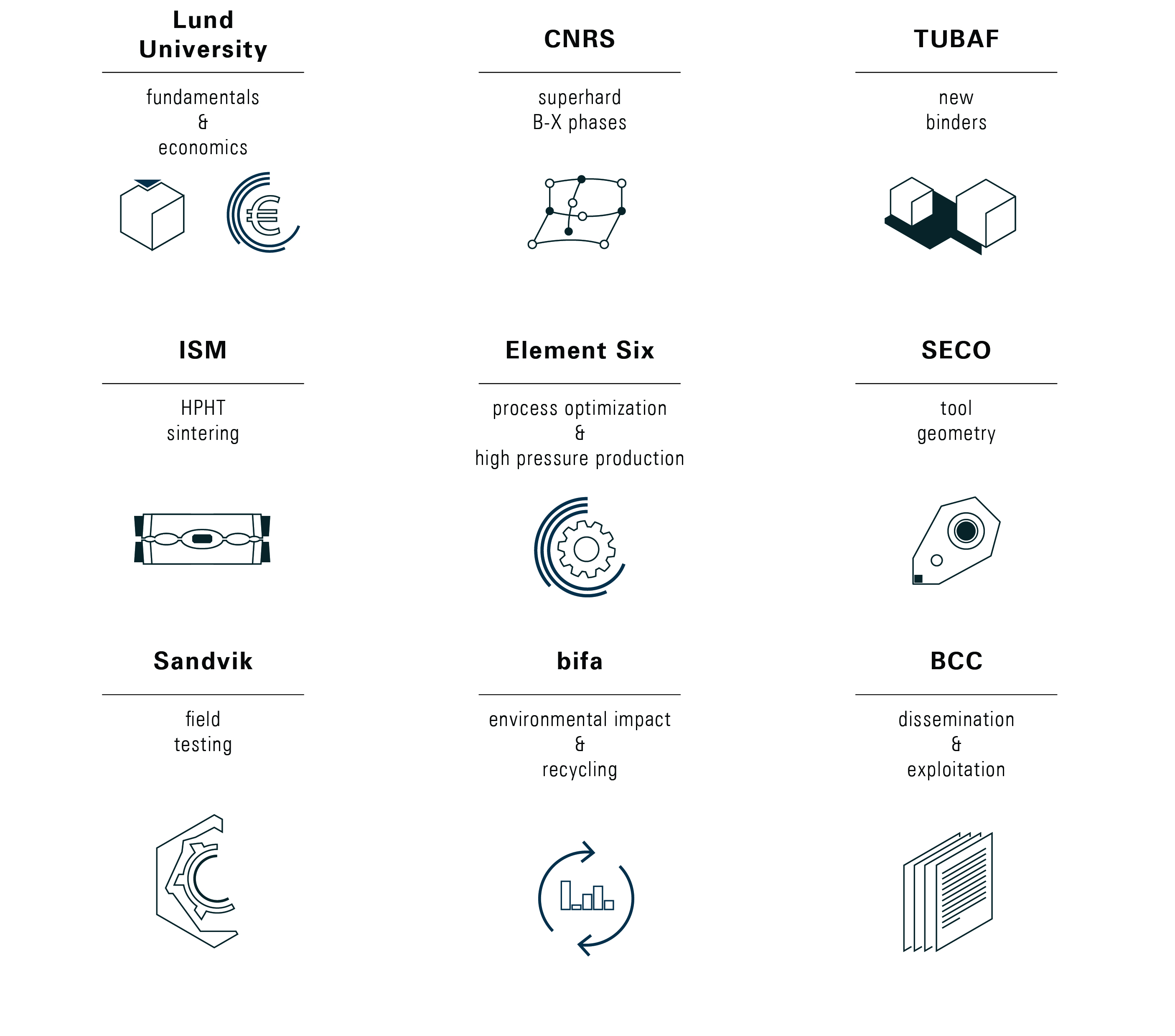Flintstone2020, is an EU-funded project, which has been running since February 2015 and will finalise by the end of January 2020. The project’s name comes from the concept that the use and manufacture of tools has driven human technology and economy ever since man started to use its first tools: made from Flintstone.
In the last century, the materials and tooling industry, has seen great advances, such as the invention man-made-diamond, cemented carbide (a composite mainly consisting of tungsten carbide and cobalt), and the fully-synthetic hard material cubic boron nitride (cBN) which has no equivalent in nature.
Read more
At present, many industries depend on these materials, ranging from consumer products, to transport and vehicles, mining and metal industry, to aerospace and cleaning technology, but these materials themselves unfortunately depend on Critical Raw Materials, such as tungsten and cobalt.
As currently more than 80 percent of the entire global tooling market in metal cutting alone is built on critical and scarce raw materials, the Flintstone project targets to reduce these critical raw materials in the manufacturing of tools.
In order to provide a focus to the research in the Flintstone project, two main areas of application have been chosen: on one hand we will look at the challenges related to tools for rock drilling, which is an important focus area for our project partner Sandvik Mining and Construction Tools, while on the other we will look at metal cutting, which is an important focus area for our project partner SECO Tools. Image with courtesy of Sandvik.
The project starts with the common problem for those two application areas: the tools need to be resistant for deterioration during use, where the use is under extreme circumstances.
The consortium will look into novel materials, using tough binders, but it will also be looking into creating a protective layer, for instance by controlled decomposition. From the binder development, novel cemented carbides can be expected as well as needed strategies for dealing with graphitisation.
Following these two R&D routes, and addressing the two main application areas, we have setup the following workplan:
WP1, focusing on fundamental knowledge on wear mechanisms, that is providing a solid basis for the material and process development in the project. WP 2 focuses on the development of novel materials and binders that avoid the use of tungsten and cobalt, while WP3 focuses on using commercial materials for the development of novel materials that avoid the use of tungsten and carbide, using groundbreaking high-temperature and high-pressure processing.
Read more
The novel materials and processes will be transferred and translated to the commercial production environment from the participating companies, producing tooling materials and novel tools as demonstrators in WP4. WP5 will generate a model to assess economic viability, for selected materials and tools, using information from the other workpackages to assess the project results. WP6 will assess the environmental benefit of the results, within the whole lifecycle, and will monitor if there are any health and/or safety issues involved with the novel materials and processes. WP7 is in charge of disseminating project results to a wide range of interested parties, such as policy makers, industry and fellow-researchers.
In WP1 new knowledge on wear mechanisms is providing a solid basis for the material and process development in the project. In this workpackage, the University of Lund has started out with the main focus on the identification of wear mechanisms of reference tool materials in selected machining operations. To realise this, novel infrastructure for quantitative characterization of individual wear mechanisms was built. Supported by a well-designed setup and modeling, that takes the complex interplay of structure, properties and shapes of the tool into account, the novel materials coming from WP2, 3 and 4 can be assessed against the references for different applications.
In WP 2 TUBAF is working on the development of new binder components, based on the principle of controlled decomposition. Within this concept, a protective layer is created on the tool, that will deteriorate during use, due to the forces on the tool. As such the structural integrity of the tool will remain intact.
Several binder systems have been created, evaluated and selected for further testing in WP1, to provide input into further process and property optimisation.
Within WP3, ISM carried out many experiments on sintering of diamond- and cBN-based composites at high pressure and high temperature with the use of different tough binders that persist even after material particles have been destroyed by the force during use. More than 200 samples were sintered and studied, and some of the materials have been transferred to WP4 for further demonstration and upscaling.
In order to process the novel materials, a novel design for a reaction vessel was realised in WP4 by Element Six. This reaction vessel will allow for a wide range of sintering conditions to be accessed by possible material systems from WP2 and 3 and supports the demonstration deliverables for WP4 and 5, where materials and processes are tested for their respective application areas: metal cutting at SECO and mining at Sandvik.
We need to develop tools without or with a very limited amount of CRM’s that do not compromise the performance of these tools to be successful, while at the same time providing an attractive price level. To verify the cost effectiveness of our project results, the University of Lund has development a model that can compare conventional tool materials with the materials developed in the Flintstone project. This novel model is taking tool material performance and different application areas into account, based on the input from the project partners.
In order to assess the novel materials with respect to their environmental impact and potential toxicity of materials considered for use, bifa has set up a model to monitor the entire expected life-cycle of the upcoming products, including eco-efficiency of the overall process and reduction/mitigation of waste in its various steps. Combining life-cycle inventory with lifecycle impact analysis and the cost balance sheet, the materials can be assessed for further use in industrial processes and applications.
Within the limited scope of the project, the developed materials and processes are tested for their most likely application areas, based on their performance. However, the knowledge from the Flintstone project will impact many application areas, where innovative alternative solutions are needed, to avoid the use of Critical Raw Materials, such as the machining of
- ferritic and perlitic materials
- austenic materials, such as stainless steel and superhard alloys
- titanium alloys and other special materials
- martensitic materials, like hardened steel; and
- materials used for cutting and processing rock and concrete
With the dissemination of our project results, in scientific journals, through conferences and workshops, we hope to realise an impressive impact.
